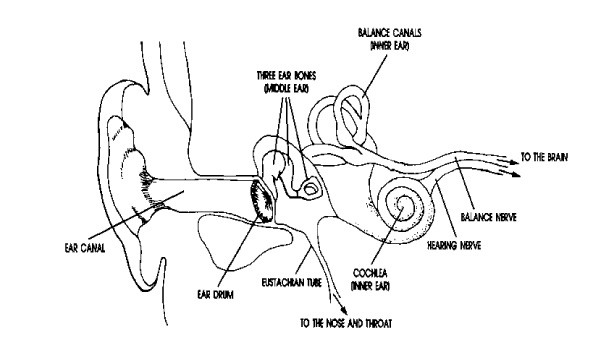
How will the audiologist evaluate my hearing?
The purpose of a complete audiological evaluation is to verify your hearing status. If you suffer a hearing impairment (hypoacusis), the nature and the degree of the hearing loss will be determined. In a sound proof room, you will be asked to respond every time you perceive a tone, even if its intensity is very soft. The intensity at which you barely hear each sound, which is referred to as the auditory threshold, is represented on an audiogram.

The audiogram is a graph with two scales: the frequency (the pitch of the sound) is at the top of the graph and is read from left (low pitch sound) to right (high pitch sound), while the intensity scale is read from top (soft sound) to bottom (loud sound). You will also be asked to repeat words in order to determine the percentage of speech identification ability in a variety of listening conditions, that is, in silence, with noise, with the help of speechreading, etc. Then, with the impedancebridge, the clinician carries out the tympanometry test to document the mobility of the tympano-ossicular chain. The evaluation of the acoustic reflexes and of the auditory brainstem evoked potentials, when needed, allows for the audiologist to check, among other things, the integrity of the auditory nerve. The otoacoustic emissions are used to measure objectively and, more specifically, the integrity of the external auditory cells of the cochlea.
My philosophy while selecting the electroacoustic aids
Communication difficulties can become a stressor. The amplification from the hearing aid allows speech and, environmental noises to be amplified and, potentially, mask the tinnitus.